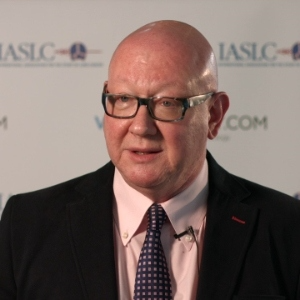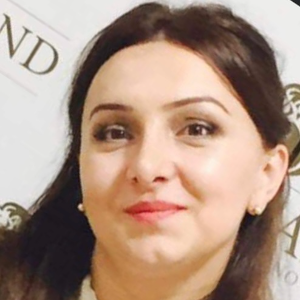Dermatoepidemiology is the study of the effects of environmental and social factors on skin health, skin disease, and treatment outcomes in patients. This branch of dermatology has the primary goal of determining the distribution of skin disorders in a population as well as assessing the impact of associated environmental and social factors. Studies of this specialty have the potential to identify skin disorder clusters based on environmental or social characteristics that can inform the development of prevention or intervention strategies. Examples of these might include improved hygiene, better access to healthcare, and enhanced nutrition. In addition, the application of dermatoepidemiological research can identify risk factors for certain skin diseases, such as smoking or exposure to pathogens. Dermatoepidemiology has been used to explain the health disparities and social determinants of skin condition disparities with respect to race, ethnicity, sex, age, and other factors. It has also been effective in defining geographical variations in skin diseases, as well as determining the effects of occupation and lifestyle on skin health. In addition, this specialty can be used to assess the efficacy of treatment and management options in disease prevention and control. Furthermore, dermatoepidemiology has revealed a relationship between the prevalence of certain skin conditions and other public health issues. For example, the increased incidence of skin cancers in certain populations has been linked to poor diet and low skin protection. In addition, infectious skin diseases have been found to be more common in areas with poor sanitation and inadequate medical care. Finally, dermatoepidemiology is an important area of study for public health due to its relevance in defining optimal public health measures to improve skin health. By investigating the various factors potentially impacting skin health, the most effective measures can be adopted to reduce or prevent skin disease in vulnerable populations most at risk.

Irina Sergeeva
Novosibirsk State University, Russian Federation
Dave Ray
Dave Ray Enterprises., United States
George Sulamanidze
Plastic Surgeon at Clinic of Plastic and Aesthetic Surgery and Cosmetology TOTALCharm, Georgia
Sergei A Grando
University of California Irvine, United States
Nino Tsamalaidze
Ltd Karabadini+, Georgia
Lina Petrossian
California University of Science and Medicine, United States
Surajbala Khuraijam
Manipur Health Services, India
Shrutimita Pokhariyal
Symbio, India
Yasser Mohammed Hassanain Elsayed
Egyptian Ministry of Health, Egypt



Title : Paraneoplastic Autoimmune Multiorgan Syndrome or PAMS: Paraneoplastic pemphigus revisited
Sergei A Grando, University of California Irvine, United States
Title : Modern non-invasive methods for in vivo assessment of skin
Georgios N Stamatas, SGS, France
Title : Personalized and precision dermatology through the view of biodesign-inspired translational & data-driven applications: Revolutionary skin treatments for every concern in clinical dermatology integrating skin care experts and consumers
Sergey Suchkov, N.D. Zelinskii Institute for Organic Chemistry of the Russian Academy of Sciences, Russian Federation
Title : The next generation of threads: Lifting, volumization, and biostimulation in one powerful triple action
George Sulamanidze, Plastic Surgeon at Clinic of Plastic and Aesthetic Surgery and Cosmetology TOTALCharm, Georgia
Title : Lymphoproliferative diseases in the practice of a dermatologist
Irina Sergeeva, Novosibirsk State University, Russian Federation
Title : Comparative efficacy of omalizumab and dupilumab in children with Chronic Spontaneous Urticaria (CSU): A retrospective cohort analysis
Molynna Nguyen, University of Toledo, United States
Title : "Mirror mirror on the skin” — A low-cost community strategy to reduce melanoma disparities in Washington, D.C.
Kayla Sampson, Georgetown University School of Medicine, United States
Title : Vitiligo: Not just an aesthetic disorder
Mateja Starbek Zorko, University Medical centre Ljubljana, Slovenia
Title : Personalized and Precision Medicine as a unique avenue to have the healthcare model renewed to secure the national biosafety: Advanced skincare solutions in individualized cosmetology, reconstructive plastic surgery and the modern beauty
Sergey Suchkov, N.D. Zelinskii Institute for Organic Chemistry of the Russian Academy of Sciences, Russian Federation
Title : Keratinocyte apoptosis by caspase – 3 Immunostaining in histopathology as marker of activity as well as correlation with dermoscopy findings in Cutaneous Lupus Erythematosus (CLE) in skin of color: An observational study.
Subhojit Ray, All India Institute of Medical Sciences, India